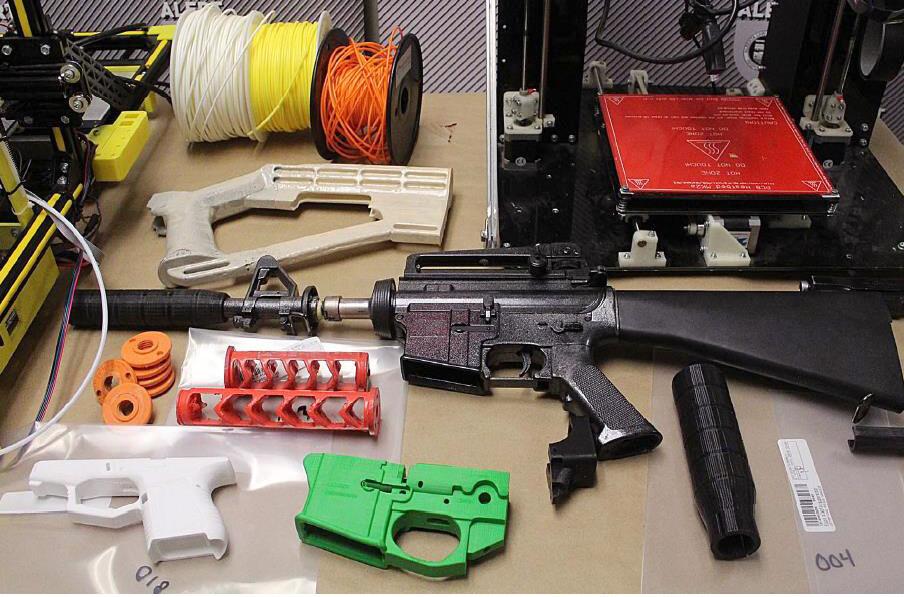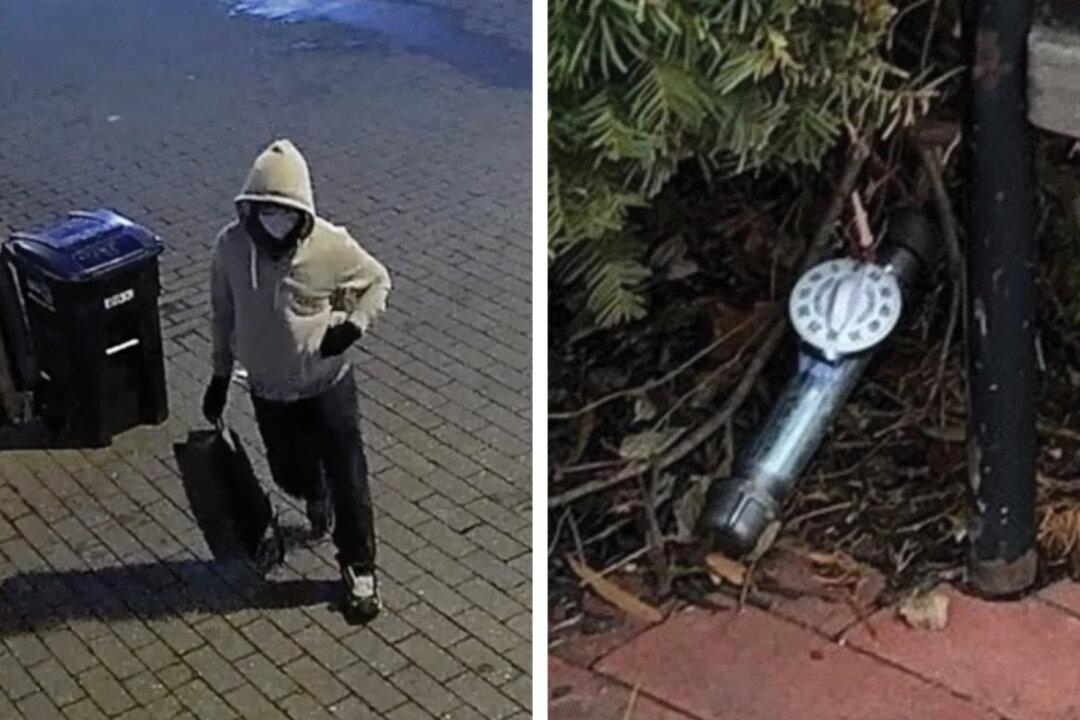Sen. Ed Markey’s (D-Mass.) little-known 3D Printed Gun Safety Act (S. 2319) would criminalize sharing firearm schematics for 3D printers online.
3D printing describes a process that allows people to “print” 3D models for various items. These models range from small tools, art projects, and shapes up to functional firearms. Critics of the practice have called these 3D-printed firearms “ghost guns” because they lack serial numbers and are difficult for law enforcement to trace.





